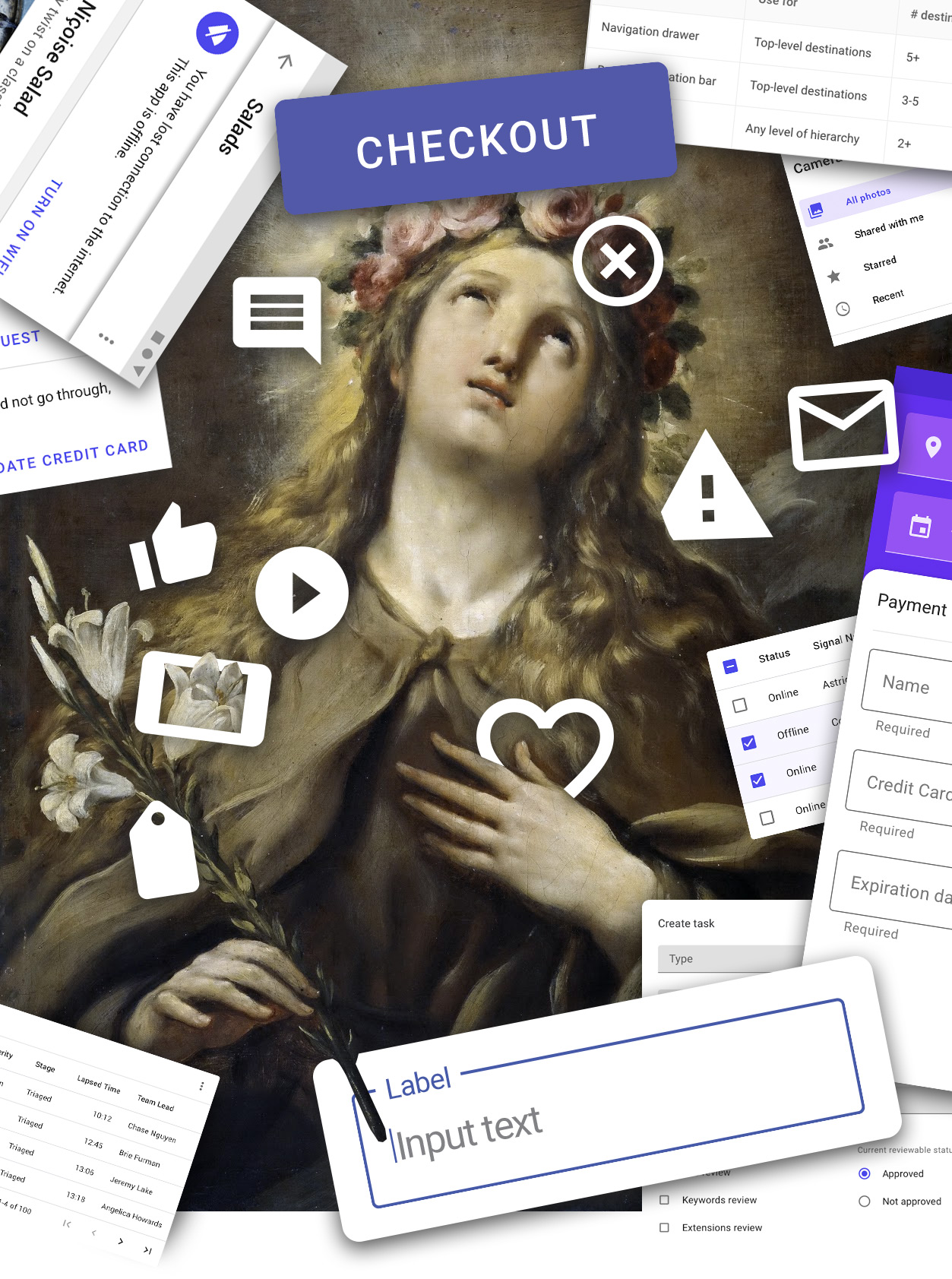
The Holy Material UI
Material UI as a reference for all future & current design in need?
Is it the best option for all projects?
Who likes it and why it is promoted?
It is a library which has been promoted for most modern apps and consumer and enterprise web apps.
“I highly recommend using Material UI for both consumer and enterprise web apps.“ - we hear this one a lot.
In this article I will explain why Material UI is not optimal for particular cases and why I would professionally not recommend it for some products.
Considering that Material UI is a library and a predefined design system it is easy to use and apply right away. It is highly recommended by developers and even by many designers as well.
For the developers it is obvious that applying the existing library is an easy implementation as they do not need to bother about the styling and creating components from scratch and waiting for a designer to create a design system for the product to be developed.
This saves time, testing and costs overall and in an agile approach makes MVP (Minimum Viable Product) delivery even more accessible.
This seams all great right?
But on the other hand could it be that the Material UI made designers and developers a bit lazy? And does this really save time and cost in all projects?
Is it that sometimes instead of building the product ourselves as creatives we tend to promote and apply on all cases someone else’s work?
("You know, it's hard to debate anything Google puts up there these days...")
Material UI is difficult to implement in other than Consumer Products
The Material UI and most of the similar available libraries have been designed and developed for consumer products in mind, having their components be focused on those type of products targeting directly consumer experience.
But what is wrong with that?
Nothing in itself if one consider building the consumer product it may work pretty well as it has been proven to be successful in numerous products worldwide.
The problem arrises when the Material UI is trying to be used in non-consumer products as in a big system like operations (engineers, agents, customer support etc) which are behind the consumer products.
Non-consumer products, considering operatives, customer support, engineers and similar users are mostly left behind as for their system a particular tailored experience is very often needed.
The Material UI provides customisation of their components but there is a big issue with that in non-consumer products as the logic of importance of each element, how it is designed in a system, is to be used to get focus making element (CTA/button, TABs etc) more visible to evoke consumer action and “clean design look”.
Where there is less information to order the Material UI works as it should, but when there is many more information which need to be visible in one screen, where the secondary focus is on interaction with the UI, then the Material UI needs heavy customisation.
Keeping that in mind it is crucial to consider from start how big the system we need for our new non-consumer product in order to have most effective and sustainable result.
How many elements and components we need to have defined?
Do we need all the components or just a small percentage of them?
Is is useful to use the heavy customised existing library for it to use just a 10%-20% of it?
What about animations and all the fancy drop shadows?
Do we really need all that?
Will customising the existing library slow us down in the process and create more issues and lock the experience to that predetermine design systems logic?
Will that be good enough for our non-consumer users?
Can we as creativity & technology experts make something new from all that we know?
